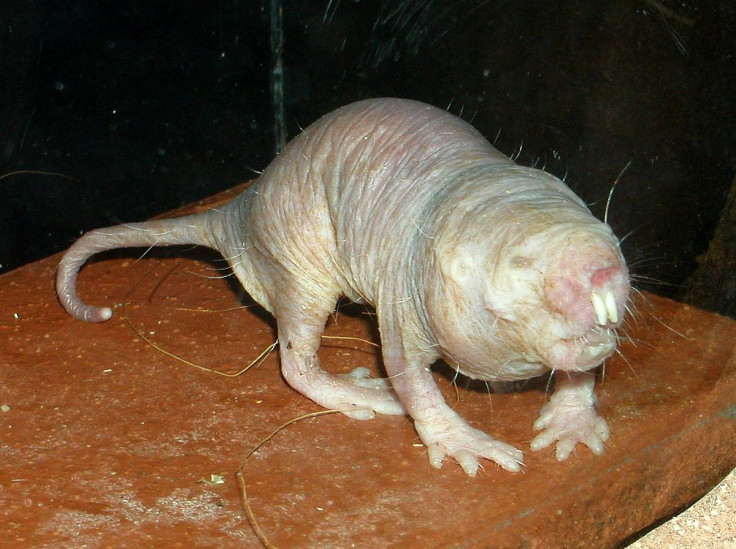Naked mole rats are already one of nature's weirdest animals - now scientists say they don't age
Naked mole rats are bizarre, practically hairless rodents, which experience very little pain and are resistant to cancer.

Naked mole rats are certainly bizarre creatures. The almost hairless rodents – which, strangely, are neither moles nor rats, being more closely related to porcupines and guinea pigs – live almost their entire lives in total darkness underground, where they have evolved to become almost cold-blooded.
Among a host of unusual traits, they experience very little pain, have been observed surviving without oxygen for up to 18 minutes by switching into a very low-energy metabolic state and can move their front teeth independently of each other to use like a pair of chopsticks. Intriguingly for doctors, they even appear to be resistant to cancer.
But perhaps most unusually, they show very few signs of biological ageing and are extraordinarily longevity for rodents, able to survive into their 30s (most normal rats live to just six years). Their hearts and bones do not seem to weaken over time, and the females can have offspring right up until their death as they never reach menopause.
Now, a new study has shown that not only do naked mole rats display very few signs of biological ageing, they also defy a principle known as Gompertz's mortality law – which states that risk of death in mammals grows exponentially after reaching sexual maturity.
Researchers from Google-owned biotech company Calico Life Sciences examined data regarding the lifespan of the rodents finding that their chance of dying did not increase as they aged unlike all other studied mammals. This suggests they do not age in the traditional sense, according to the researchers – whose findings are published in the journal eLife.
As a comparison, the risk of dying for humans doubles every eight years after reaching the age of 30.
Naked mole rats live in colonies of between 20 and 300 rodents - which can be as large as six football fields – with each burrow containing different chambers for specific purposes, such as eating, waste disposal, raising offspring and sleeping.
They are one of only two mammals that are defined as eusocial. Eusociality is a hierarchical system of social organisation among animals - more commonly found in insects, such as wasps and ants – that is characterised by the cooperative care of offspring and a division of labour into reproductive and non-reproductive groups that carry out different functions.
For example, there is a queen mole rat, soldier mole rats and worker mole rats – which cannot breed and spend the majority of their time digging.





















